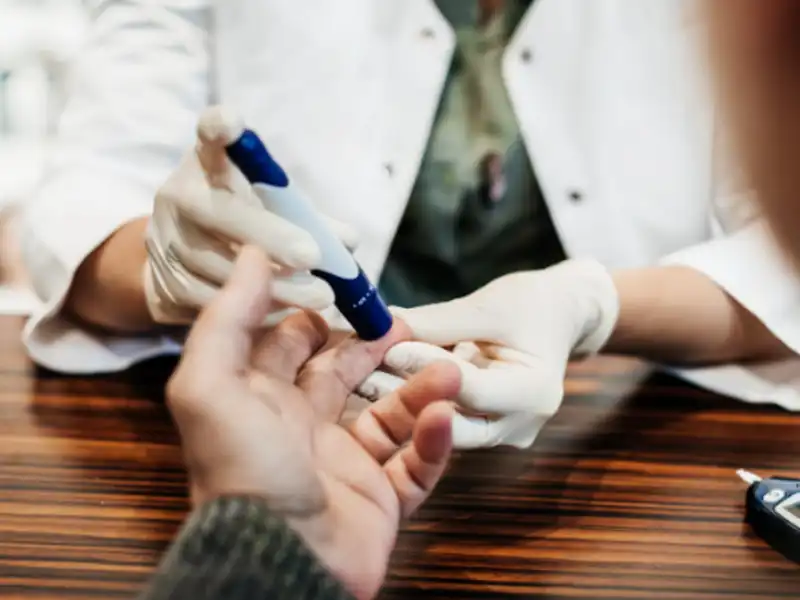
To understand biosimilars better, let’s break down the basics — brand vs. generic medications. Generic medications are chemically synthesized to be identical to their brand-name counterparts. Unlike generics, biosimilars are complex, large molecules derived from living organisms. Because of their biological nature, exact replication isn’t possible. Instead, biosimilars are highly similar to their reference biologic, ensuring equivalent safety and efficacy.
While generics can reduce costs by 80%-90%, biosimilars provide savings, but not always to the same degree, due to higher manufacturing costs and strict regulatory oversight.
The Past: Lessons From Humira
One of the biggest developments in biosimilars last year revolved around Humira. Its rollout was highly anticipated, though market adoption varied based on different utilization management (UM) strategies:
- Express Scripts (ESI): Initially preferred Humira, but by July 2024, it partnered with Quallent for a $0 copay via Accredo pharmacy to incentivize biosimilar For 2025, ESI is expiring continuation of therapy for Humira on June 30 and is preferring biosimilar use starting July 1.
- CVS: Took an aggressive approach, excluding Humira in favor of biosimilars, leading to an 87% switch in therapy.
- OptumRx: Slow start to adopt changes but later preferred Amjevita with a $0 copay and plan savings.
Looking ahead, biosimilars will replace Humira as the preferred option starting July 1, 2025.
The Present: Spotlight On Stelara
With Stelara’s patent expiration in late 2023, biosimilars are now entering the market. Unlike Humira, which faced hurdles due to variations in formulation and interchangeability concerns, Stelara’s biosimilar, Wezlana, is interchangeable — a key factor in boosting adoption.
- Key Developments: Wezlana covers all FDA-approved indications for Stelara plus additional indications. Beyond Wezlana, additional biosimilars like Yesintek and Steqeyma are set to enter the U.S. market in 2025, offering further savings.
- Pricing Advantage: Stelara’s retail price is estimated at $35,000 per unit, while Wezlana’s price has demonstrated a significant cost reduction, averaging around 80% lower.
ESI and Optum have taken different approaches in managing Stelara biosimilars, while CVS has yet to finalize its strategy. However, updates may arrive later in the year.
The Future: Expanding Biosimilar Adoption
Biosimilars aren’t exclusive to specialty medications — insulin biosimilars have also been making waves. Existing insulin biosimilars include Admelog (Humalog) and Semglee (Lantus), both interchangeable. Merilog, the first rapid-acting biosimilar to Novolog, received FDA approval in February 2025. This expands access to both long-acting and meal-time insulin biosimilars.
While insulin biosimilars may not yield cost savings as dramatic as specialty drugs – due to price caps and wholesale costs – they increase treatment options, accessibility and flexibility for patients. As 2025 unfolds, PBMs will continue adapting utilization management strategies for biosimilars, shaping future healthcare cost trends.
Sources:
- U.S. Food and Drug Administration. “Biosimilars Basics for Patients,” FDA, 2025.
- Money Singh. “The Role of Generic Medicines in Reducing Healthcare Costs,” CMI, 2025.
- U.S. Food and Drug Administration. “FDA Approves Interchangeable Biosimilar for Multiple Inflammatory Diseases,” FDA, 2023.
- U.S. Food and Drug Administration. “FDA Approves First Interchangeable Biosimilar Insulin Product for Treatment of Diabetes,” FDA, 2025.





